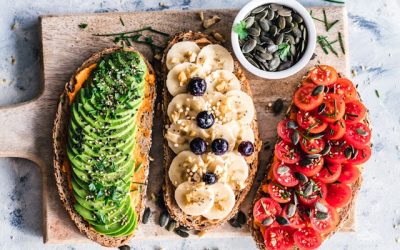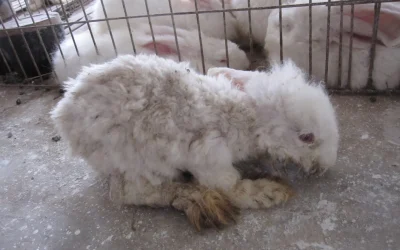Blog
Veganic defined
Furthermore while ‘organic’ cultivation allows for the use of organo-pesticides, fungicides and herbicides and conventional cultivation uses all manner of chemical toxins, veganics would not as applying and spraying these poisons highly disrupts the native floral and faunal balance of the growing systems.
So, in fact, veganic growing is the only way to ensure that we are breaking the chain of animal agriculture in our growing and farming systems. Revealing the main philosophy: Cultivating for the benefit of all beings.
This sounds good in theory, but do these models exist?
La Ferme de l’aube veganic farm

Buckwheat cover crop with sunflowers in the background

Monarch butterflies flocking to the cultivated hemp-agrimony plantings
We focus on:
| Year | SOM % | CEC | pH | SOC % |
| 2016 | 5.2% | 12.7meq/100g | 5.1 | 3.01% |
| 2022 | 7.2% | 16.0meq/100g | 6.9 | 4.18% |
• Over 120 bird species were observed with over 50 breeding on site.
• 15 species of reptiles and amphibians
• 25 species of mammals
• Over 150 species of spiders, butterflies, bees, beetles and other insects, but this only scratching the surface as many more were undocumented due to my lack of training, not for the lack of them living here.
In August of 2018 a bumblebee point count observed 80 individuals. In 2022 that population grew to 182, an incredible 228% increase. The endangered Monarch butterfly population was 6 in August of 2018, in August 2022, 25 were observed, the highest number ever recorded on the farm. All indicators in 2022 pointed to the fact that all faunal numbers increased. This data proves to us that our cultivated diversity and re-wilding is improving the ecosystem for all residents and migrants. For the Monarchs we made a concerted effort to let re-wild vast milkweed patches as well as in our cultivated gardens, which is the Monarch’s necessary plant for their survival. Another full-scale biodiversity study is underway in 2023.
Food production for Humans
| Year | Production | Hectares | kg/Hectare |
| 2017 | 1,227 kg | .13 | 9,440 kg/ha |
| 2018 | 2,360 kg | .19 | 12,677.8 kg/ha |
| 2019 | 2,379 kg | .19 | 12,779.9 kg/ha |
| 2020 | 2,509 kg | .19 | 13,478.2 kg/ha |
| 2021 | 2,781 kg | .19 | 14,939.4 kg/ha |
| 2022 | 2,327 kg | .17 | 13,688.2 kg/ha |
We felt that the production was so exceptional that I initiated a study in cooperation with the Humane Party, USA comparing veganic to conventional and organic agriculture methods. We found that veganic was 3% and 41% more productive, respectively. Further when comparing vegan agriculture to the best animal agriculture model it was found to be over 4,000% more productive acre per acre.
The agricultural revolution is veganic

Jimmy Videle is the author of The Veganic Grower’s Handbook (The Veganic Grower's Handbook – Lantern (lanternpm.org), and co-founder of NAVCS-Certified Veganic North American Veganic Certification Standard – Serving USA, Canada, and Mexico (certifiedveganic.org)
More from the blog
Canadian Plant-Based Nutrition And Lifestyle Medicine Conference – Introduction To Blog Series On Diet Change
By Miriam Porter
7 Reasons Never To Wear Angora
By Miriam Porter
Inspiring change towards a more vegan supply
By Nilgün Engin



